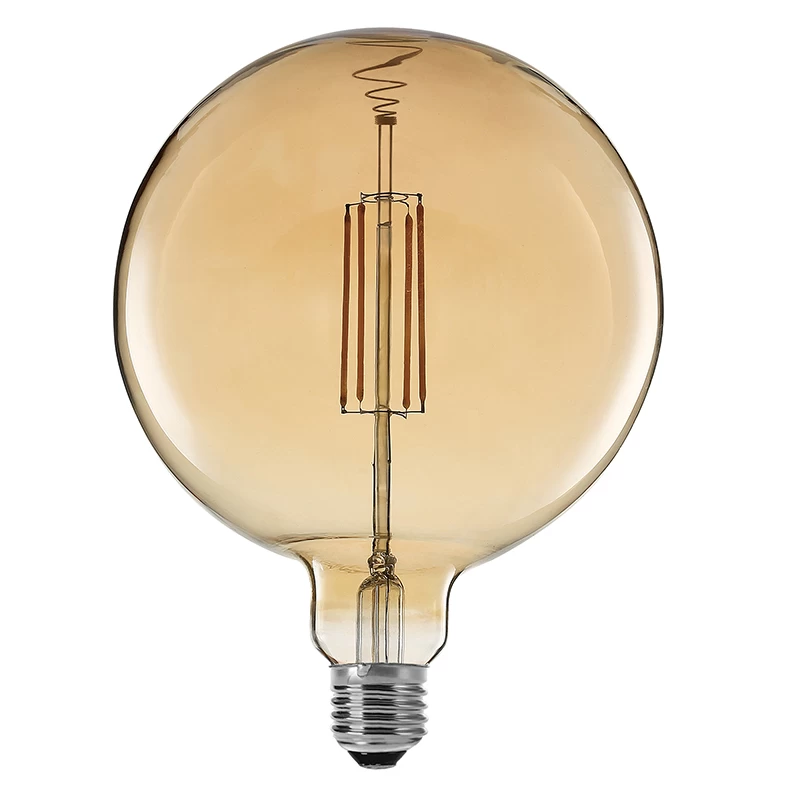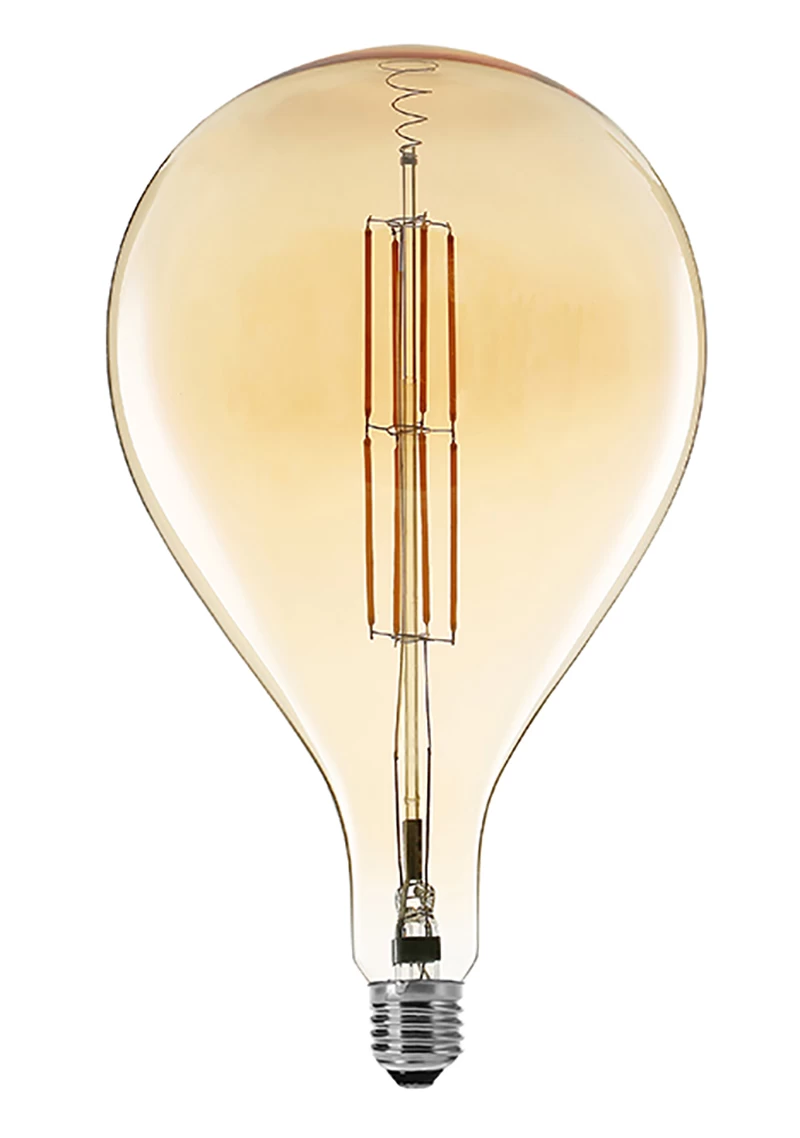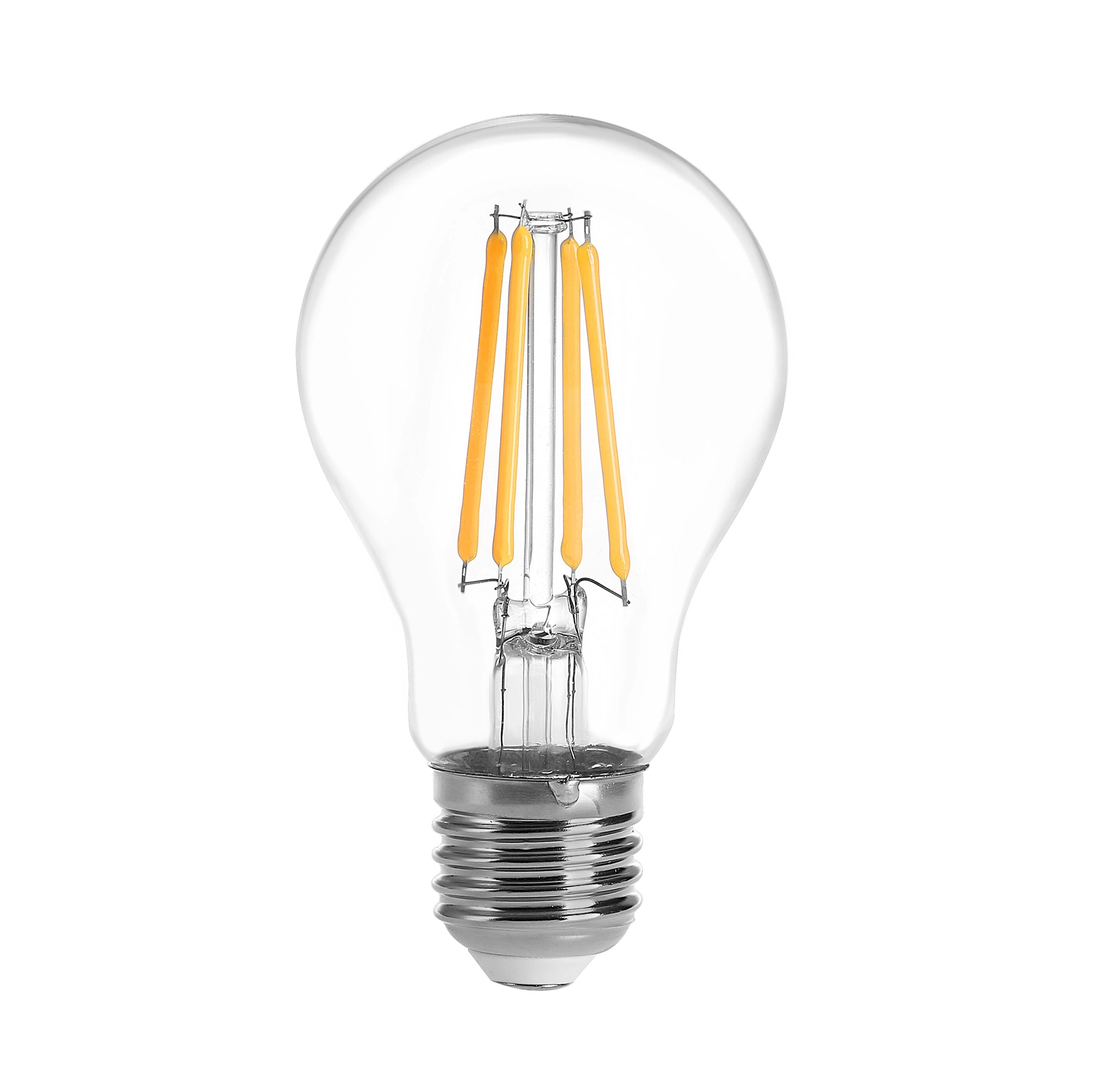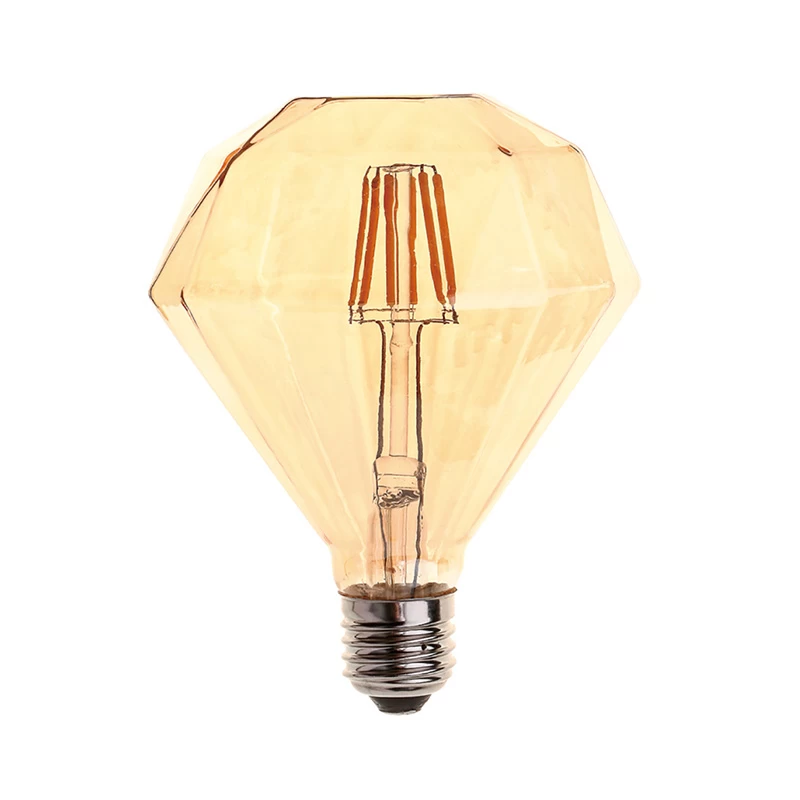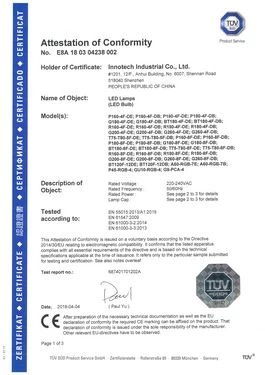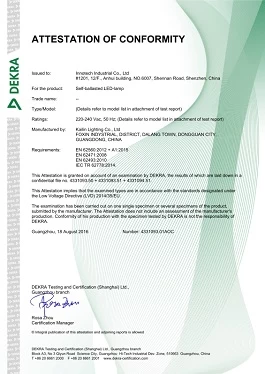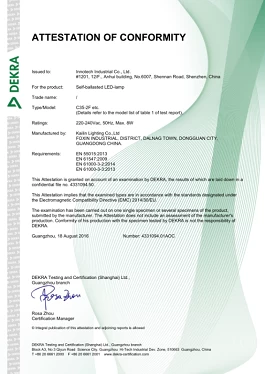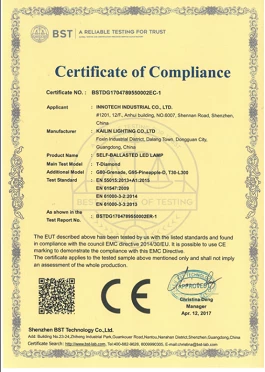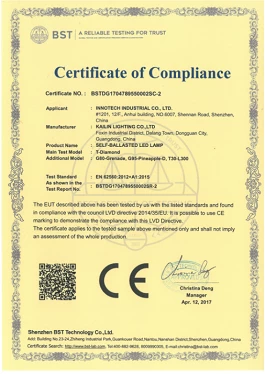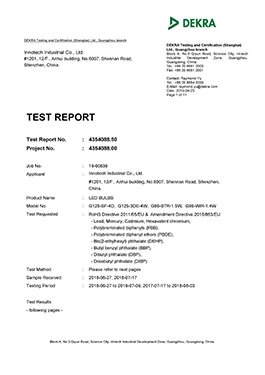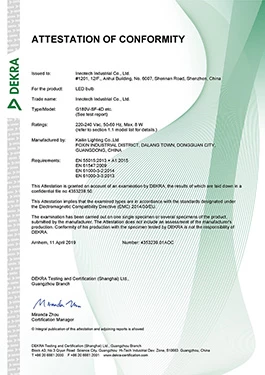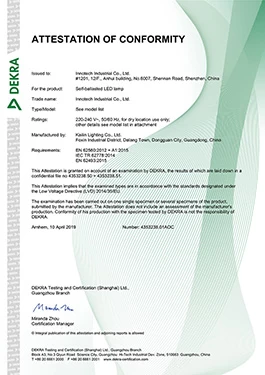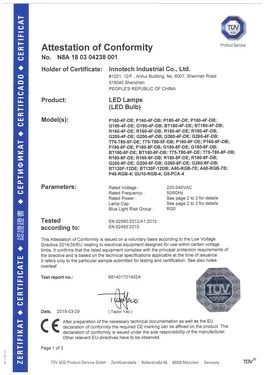Here are a few things to consider when choosing LED light bulbs...
Efficiency, Colour Temperature, Colour Rendering, Heat Output, lifetime, etc.
The principle of LED lights
Innotech
Innolite
2018-07-10 11:37:52
LED (Light Emitting Diode), a solid-state semiconductor device that converts electrical energy into visible light, can directly convert electricity into light. The heart of the LED is a semiconductor wafer. One end of the wafer is attached to a holder, one end is the negative pole, and the other end is connected to the positive pole of the power supply, so that the entire wafer is encapsulated by epoxy resin.

The semiconductor wafer consists of two parts, one part is a P-type semiconductor, in which the hole dominates, and the other end is an N-type semiconductor, which is mainly electrons here. But when the two semiconductors are connected, they form a P-N junction. When a current is applied to the wafer through the wire, the electrons are pushed toward the P region. In the P region, electrons recombine with the holes, and then the energy is emitted in the form of photons. This is the principle of LED light (Economic LED bulbs factory china) emission. The wavelength of light, which is the color of light, is determined by the material that forms the P-N junction.
The LED can directly emit red, yellow, blue, green, cyan, orange, purple, and white light.
Originally used as an indicator light source for instrumentation, LEDs of various light colors have been widely used in traffic lights and large-area displays, resulting in good economic and social benefits. Take the 12-inch red traffic light as an example. In the United States, a 140-watt incandescent lamp with long-life and low-light performance was used as the light source, which produced 2000 lumens of white light. After passing the red filter, the light loss is 90%, leaving only 200 lumens of red light. In the newly designed lamp, Lumileds used 18 red LED light sources, including circuit losses, to consume 14 watts of electricity, which can produce the same light effect. Automotive signal lights are also an important area for LED light source applications.
For general lighting, people need a white light source. In 1998, white LEDs were successfully developed. This LED is made by encapsulating a GaN chip and yttrium aluminum garnet (YAG). The GaN chip emits blue light (λp=465nm, Wd=30nm), and the Ce3+-containing YAG phosphor prepared by high-temperature sintering is excited by the blue light to emit yellow light, and the peak value is 550n LED lamp m. The blue LED substrate is mounted in a bowl-shaped reflective cavity covered with a thin layer of resin mixed with YAG, about 200-500 nm. The blue portion of the LED substrate is absorbed by the phosphor, and the other portion of the blue light is mixed with the yellow light emitted by the phosphor to obtain white light.
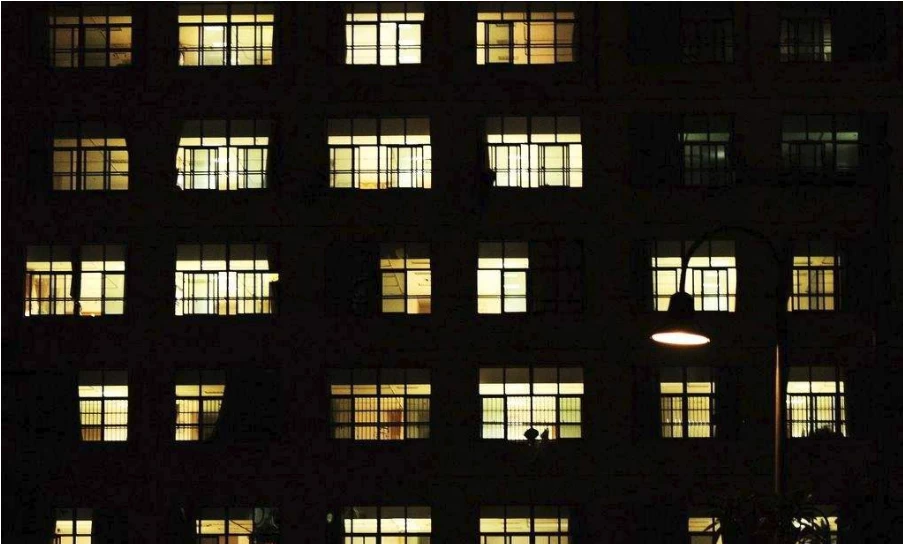
For InGaN/YAG white LEDs, by changing the chemical composition of the YAG phosphor and adjusting the thickness of the phosphor layer, white light of various colors with a color temperature of 3500-10000K can be obtained. The method of obtaining white light by a blue LED is simple in structure, low in cost, and high in technology maturity, so it is most used.

 +
+




